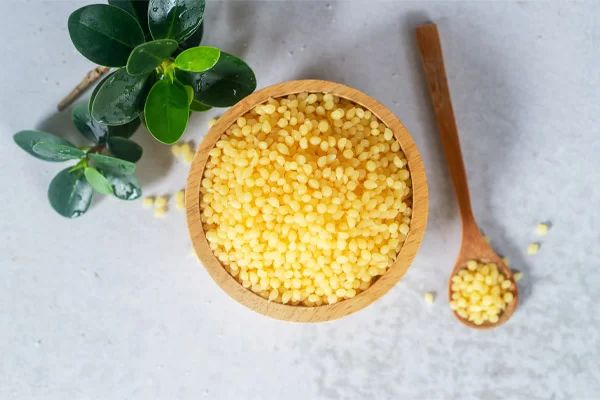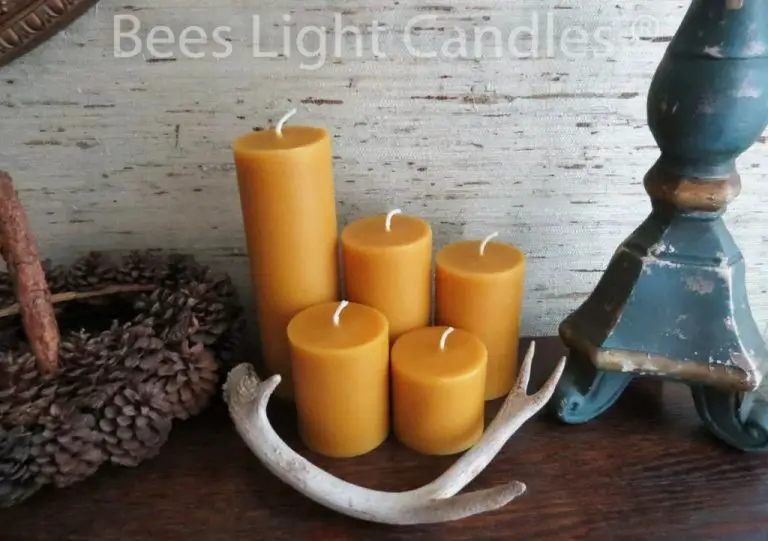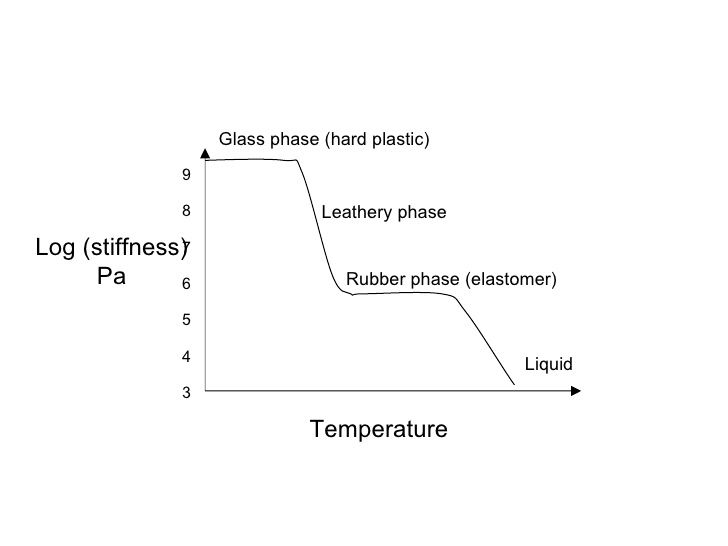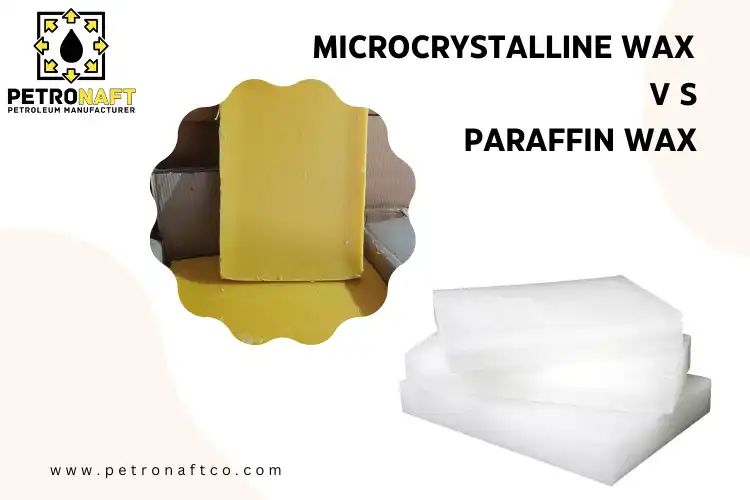What Plant Does Wax Come From?
Wax is a hydrophobic, thick, and malleable organic substance that melts at relatively low temperatures.
It is found in nature and produced by a wide variety of plants, animals, and even certain types of bacteria and fungi. Wax exhibits unique properties like high melting points, low viscosity when melted, insolubility in water, and relative chemical inertness.
Due to its water-repellent and non-reactive nature, wax finds diverse uses across many industries including cosmetics, food, art, and manufacturing. It is commonly employed as a lubricant, protective coating, ingredient in products like candles and crayons, and food additive. The versatility and abundance of wax in nature has made it an indispensable material for humans throughout history.
Beeswax
Beeswax is produced by honeybees in their beehives. The bees secrete wax from special glands on their abdomen and use it to build the honeycomb where they store honey and pollen. The beeswax provides a sturdy framework for the honeycomb and perfectly sized hexagonal cells. Worker bees collect the wax flakes secreted by other bees and chew them, mixing in saliva and other secretions, to use for building comb. The wax starts out whitish in color but becomes progressively more brown and brittle as it is reused. Beekeepers will harvest some of this wax from the hive as bees continue to secrete new wax.
Beeswax has a variety of commercial uses and applications. One of the main uses is in the production of candles. The wax burns slowly and evenly, produces minimal smoke, and gives off a light honey-like scent, making it an ideal ingredient for candles. Beeswax is also commonly used in skin care products like lip balms, lotions, and moisturizers. It has hydrating and protective properties for the skin. In addition, beeswax can be used to polish and protect natural wood surfaces. The beeswax helps form a protective coating that moisturizes the wood and gives it a light sheen.
“Beeswax is an amazing natural substance that has many important uses, both in the hive and for human products. Its versatility comes from the unique compounds secreted by honeybees to produce this wax.” (
Carnauba Wax
Carnauba wax comes from the leaves of the carnauba palm tree (Copernicia prunifera), which is native to northeastern Brazil (Blended Waxes Blog, 2022). To produce carnauba wax, workers collect the palms’ fan-shaped leaves, dry them in the sun, and then beat them to loosen and extract the wax
Compared to beeswax, carnauba wax is harder in texture, has a higher melting point, and provides a glossier sheen. Because of these useful properties, carnauba wax is commonly used to make automobile waxes and polishes. The hardness of carnauba wax helps protect and shine car exteriors (VW Forum, 2006).
Rice Bran Wax
Rice bran wax is a wax derived from rice bran oil. It is a soft, hard wax extracted from rice bran after hydrolysis of rice bran oil (Oryza sativa) [1]. Unlike beeswax which is brittle and hard, rice bran wax is very soft and widely used in cosmetics. Rice bran wax has a melting point of 79–85°C making it a soft wax. It also contains vitamin E which helps nourish skin and retain moisture. Rice bran wax is an emollient and is used in products like lip balms, lotions, creams and ointments since it helps bind ingredients together while providing smoothness and softness [2].
Unlike paraffin wax which is a petroleum byproduct, rice bran wax is plant-derived so it is a more natural option for cosmetics. Rice bran wax is a sustainable choice since rice is an annually renewable crop. It provides shine to products without being greasy. The softness of rice bran wax also makes it good for sensitive skin areas. Overall, rice bran wax is a versatile, natural cosmetic wax from rice that provides nourishing benefits for softer, smoother skin and hair.
[1] https://www.cosmeticsinfo.org/ingredient/oryza-sativa-rice-bran-wax
[2] https://oilscenter.com/rice-bran-wax
Candelilla Wax
Candelilla wax is derived from the candelilla plant (Euphorbia antisyphilitica), a small shrub native to northern Mexico and the southwestern United States. The candelilla plant produces a protective wax coating on its stems and leaves to help retain moisture in its desert habitat. This wax can be extracted by boiling the plants in water and skimming off the wax that floats to the surface.
Candelilla wax has traditionally been used as a substitute for beeswax and carnauba wax. It is harder than beeswax, making it a good vegan alternative in products like lip balms, lotions, and candles. Candelilla wax is also used as a glazing agent for chewing gum, candy, and fruits. Food-grade candelilla wax is approved by the FDA and EU for use as a food additive. It provides a shiny coating and acts as a preservative (https://www.linkedin.com/pulse/candelilla-wax-market-growth-trends-forecast).

The cosmetics industry utilizes candelilla wax in many products including lotions, creams, lipsticks, and mascara. Its ability to form a protective barrier on the skin makes it a common ingredient in balms, salves, and skin creams. Additionally, candelilla wax has emollient properties which help soften and soothe the skin (https://www.linkedin.com/pulse/candelilla-wax-market-growth-2023-2030).
Palm Wax
Palm wax is obtained from the fruit of palm trees, including palms such as Elaeis guineensis and Elaeis oleifera. The palm oil extracted from the fruit is refined to produce palm wax. This type of wax has been increasingly used in commercial products like food, cosmetics and candles.
One of the benefits of palm wax is its high melting point, which makes it a good natural alternative to paraffin wax for candle making. It is also sustainably sourced as a byproduct of existing palm oil production. However, the rapid expansion of palm plantations to meet demand has raised environmental concerns about deforestation, especially in Southeast Asia.1
Overall, palm wax offers performance advantages but its sustainability depends on responsible growing and harvesting practices of palm oil.
Soy Wax
Soy wax is made from hydrogenated soybean oil. It is commonly used to make candles, soaps, lotions and other cosmetics. Soy wax burns cooler than paraffin wax and is cleaner burning. It does not release potentially harmful chemicals into the air when burned like paraffin candles can.
Soy wax is also biodegradable and made from a renewable resource. The soybeans used are primarily grown in the United States as well. Soy wax has become popular for candles and other products because of its natural origins and eco-friendly reputation.
The lower melting point of soy wax compared to paraffin makes it easier to work with for candle making as well. Soy wax blends are available that modify properties like burn time and fragrance throw. Products made with soy wax can advertise themselves as natural, non-toxic and sustainable.
Montan Wax
Montan wax is a type of mineral wax derived from lignite coal. Lignite coal refers to the fossilized, partially decomposed remains of plants that formed in wet environments around 50-60 million years ago during the early Tertiary period. Montan wax is extracted through a solvent extraction process that involves dissolving the wax components from crushed lignite using solvents like chloroform or benzene. The wax is then further purified and bleached.
Montan wax has several useful properties and applications. It is harder than most waxes, and it melts at temperatures between 82–95°C. This high melting point makes it useful in applications that require heat resistance. Montan wax also provides gloss and enhances shine when used in polishes and coatings. Some of the major uses of montan wax are in cosmetics, polishes, candles, carbon paper, and as a component of hot melt adhesives.
Overall, montan wax is an important mineral wax derived from lignite coal deposits through an intensive extraction and purification process. It has unique properties like a high melting point and glossiness that make it a versatile ingredient for cosmetics, polishes, and other industrial applications requiring heat and chemical resistance.
Wool Wax
Wool wax, also known as lanolin, is obtained from sheep’s wool. Sheep produce lanolin in their sebaceous glands to protect and waterproof their wool. When shearing sheep, the lanolin is extracted from the wool. Lanolin makes up between 5-25% of the total mass of sheep’s wool (Source).
Lanolin from sheep’s wool has a variety of commercial uses, primarily in lubricants and cosmetics. It is a key ingredient in many skin care products and cosmetics due to its emollient properties. Lanolin acts as an effective moisturizer and skin protectant. In industry, wool wax is used to lubricate metals and prevent against corrosion. It also has applications as a waterproofing agent. The leading producers of wool wax focus on the cosmetics industry or industrial lubricants (Source).
Conclusion
In summary, wax is found across various plants, insects, and minerals in nature. Key natural waxes discussed include beeswax, carnauba wax, rice bran wax, candelilla wax, palm wax, soy wax, montan wax, and wool wax. These waxes are widely used across industries such as cosmetics, food, candles, polishes, and more. Beeswax is one of the most popular natural waxes, produced by honey bees. Carnauba wax comes from the leaves of a palm tree native to Brazil. Rice bran wax is extracted from rice bran oil. Candelilla wax comes from a desert shrub native to northern Mexico and the southwestern United States. Palm wax is obtained from the fruit of palm trees. Soy wax is made from hydrogenated soybean oil. Montan wax is derived from lignite and brown coal. Wool wax, also known as lanolin, is extracted from sheep’s wool. In conclusion, wax is an incredibly versatile material found across nature with a diverse range of applications.





